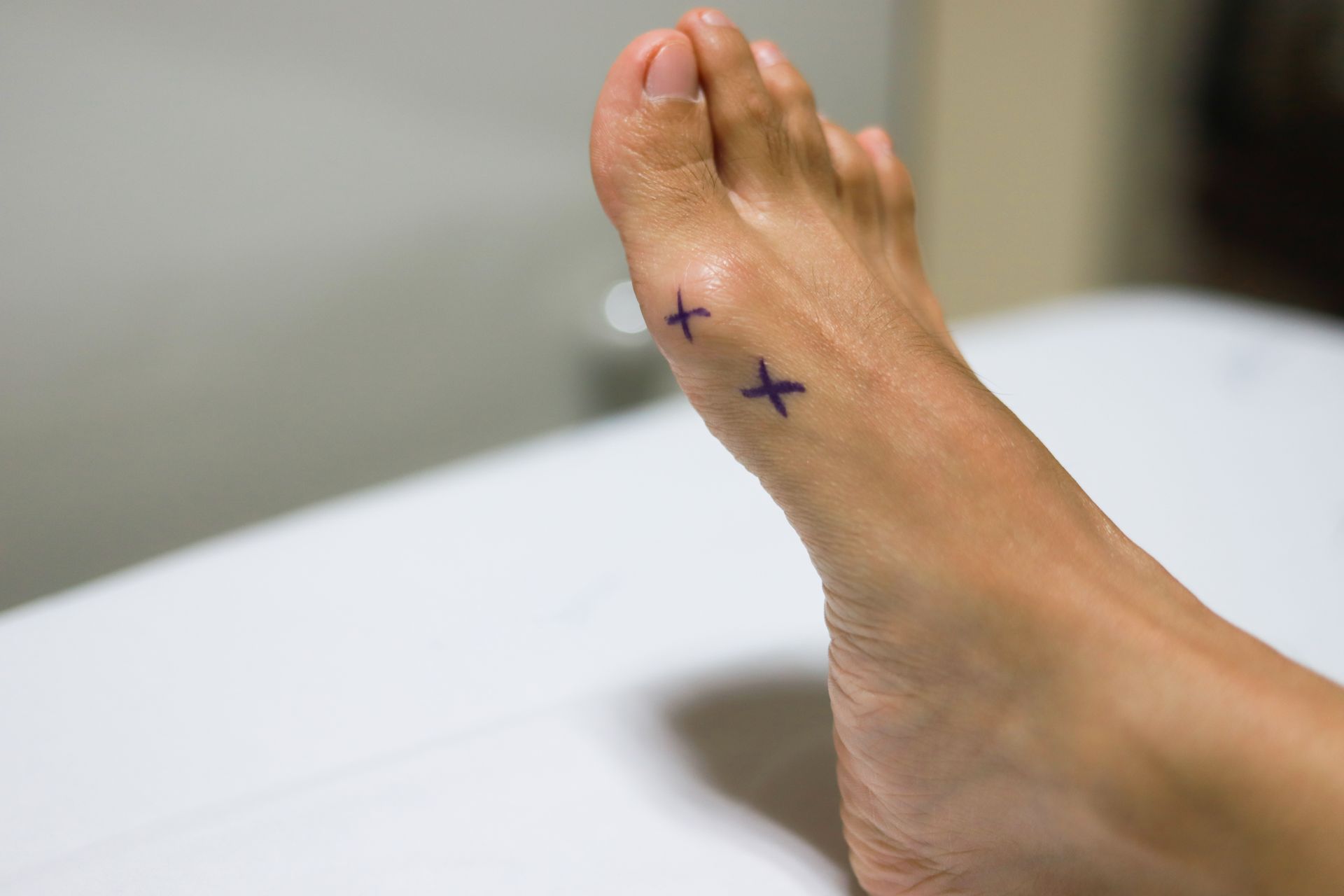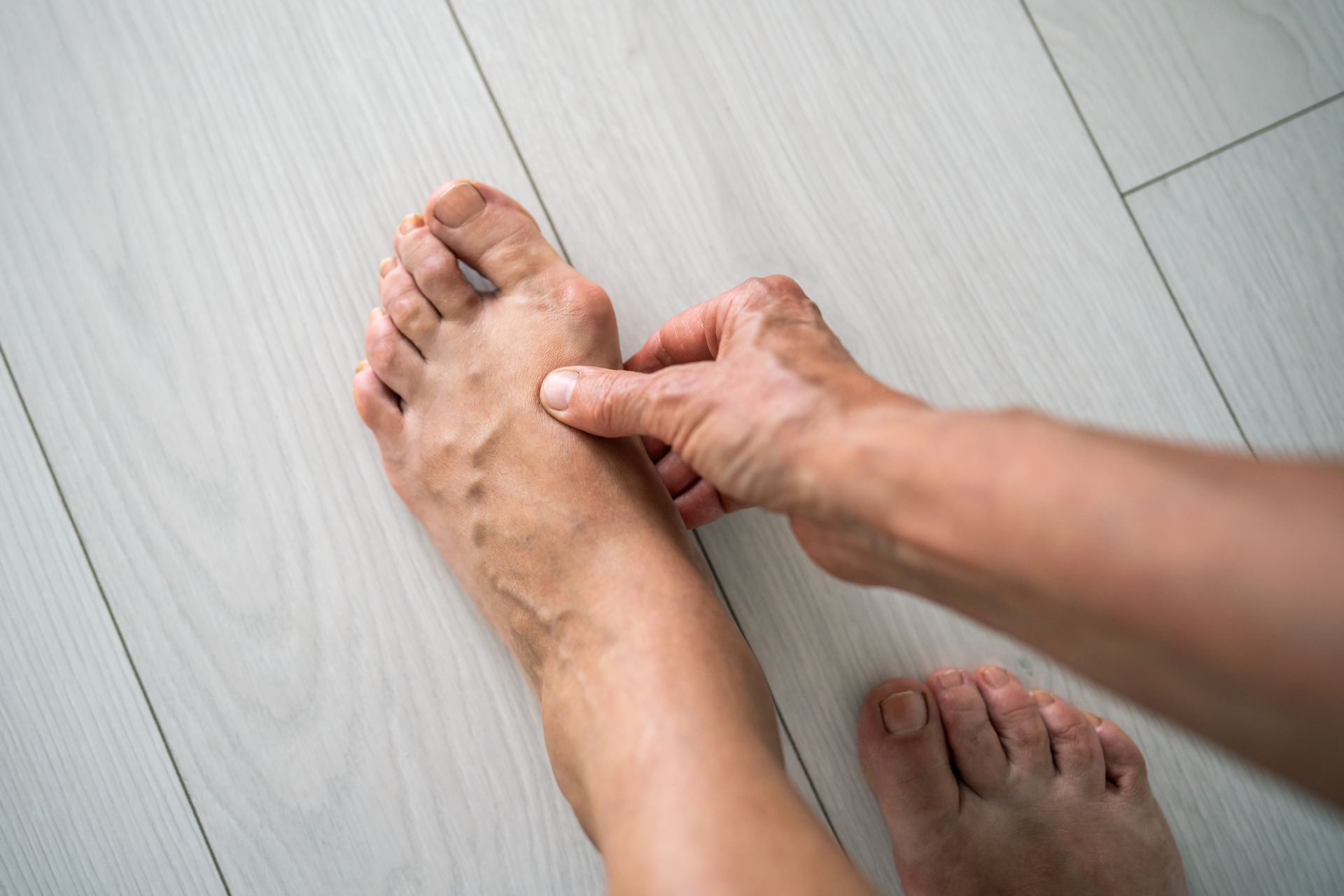Pediatric Ingrown Toenails: Causes, Symptoms & Treatments
Ingrown toenails are among the most common reasons for new patient visits to a podiatrist . An ingrown toenail occurs when the tip or corner of a toenail becomes embedded in the skin along the side of a toe. This can cause pain, redness, drainage and infection. Children can develop an ingrown toenail on any of their toes, but the big toe is by far the most common toe to be affected.
Symptoms of Pediatric Ingrown Toenail
Symptoms of an ingrown toenail can vary depending on patient age. Children below the ages of 3 or 4 years may not be verbally expressive enough to point out the painful toenail. Instead a parent or guardian will notice physical queues such as refusal to wear enclosed shoes or frequent pulling off of shoes in response to the painful toenail. As an ingrown toenail develops, localized redness, swelling and pain along the corner of the affected toenail will appear. If left untreated, drainage, pus and infection can build up at the site of the ingrown toenail. In severe cases, red streaks called cellulitis will appear.
Causes of Ingrown Toenails in Children
- Congenital wide toenail
—Some children are born with excessively
wide toenails. This is usually inherited from one of the parents. The
excessively wide toenail tends to incurvate overtime and can become ingrown.
- Tight or poor-fitting shoes
—When children undergo rapid periods of
growth, their shoes can become tight on their toes. This can lead to increased
pressure along the corners of the toenail and allow it to curl into the skin on
the side of the toe.
- Clipping the toenail too short
—The toenail should be clipped
straight across with a small rim of white. When a toenail is clipped too short,
it can regrow into the side of the toe and become ingrown.
- Poor hygiene
—Some young people do not clean their feet properly.
When feet stay wet and dirty, fungus and bacteria will grow on the skin and
around the nails. This can develop into a toenail infection called a paryonychia
.
Treatment for Pediatric Ingrown Nails
- At-home
—There are a number of effective home treatments
for ingrown
toenails. Soaking in warm Epsom salt water can help to decrease inflammation
and soreness. Topical antibiotic ointments can be locally effective in helping
to resolve mild ingrown toenails. Also, clipping the incurvated portion of nail
can offer temporary pain relief.
- In-office
—When home treatments fail to improve an ingrown toenail,
or if the toenail becomes infected, then patients should see a Board-certified
podiatrist
for definitive treatment. The treatment of choice for painful
ingrown toenails is called a partial
nail avulsion with chemical matrixectomy
. This means a small portion of the
toenail is removed under local anesthetic and a dilute acid, phenol, is applied
to the nail bed. The application of phenol reduces the rate of recurrence to
less than 10%. This procedure
is performed in the office and can be done on the
day of the initial appointment. The recovery is simple and satisfaction rates
are very high with this procedure.
- Outpatient
surgery
—Patients
below the age of 5 years rarely require partial nail avulsion, but when they
do, it can be difficult to numb their toe in the office. Most children age 5
and younger are too strong to hold down and are too anxious to sit still for
the 2 needle sticks that are required. When this happens, it is best to perform
the toenail procedure as an outpatient surgery under light sedation. This can
extend to some older children who have severe anxiety with needles. The
procedure details are the same as in-office partial nail avulsion.
If your child is suffering from an ingrown toenail, Dr. Patrick Hall can help. Contact our office to schedule an appointment for evaluation and possible treatment.


